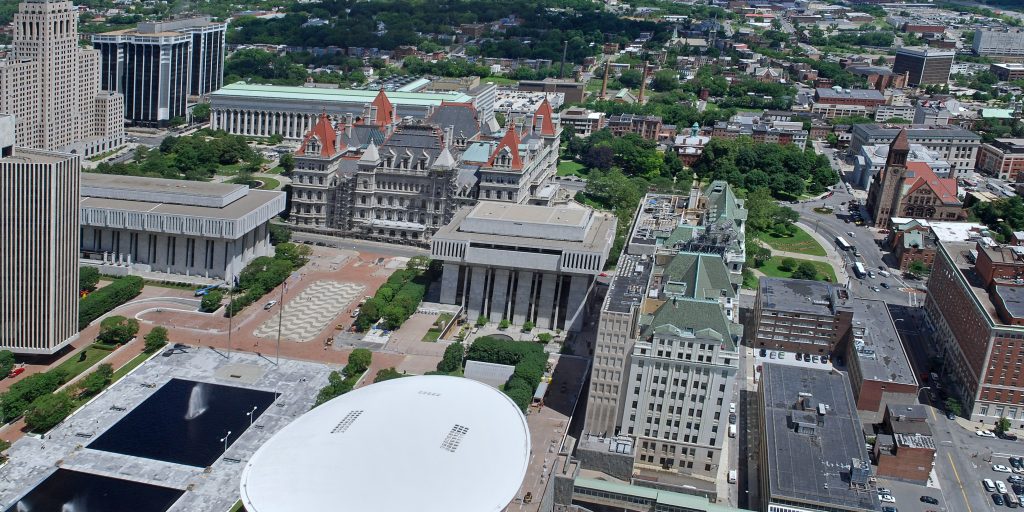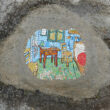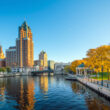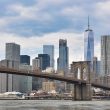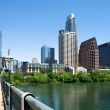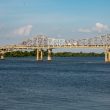Top 10 U.S. allergy capitals
The Pollening. That is what we call it here in Atlanta. The time of year when the city is blanketed in a yellow-green haze. The air is thick with it. Cars are coated with it. Yet, according to the Asthma and Allergy Foundation of America’s (AAFA) 2022 Allergy Capitals ranking, Atlanta is No. 71 out of 100 of the most populated U.S. metropolitan areas in the contiguous 48 states.
The ranking, which AAFA has put together since 2003, is based on analysis of factors including seasonal pollen scores (both spring and fall), over-the-counter allergy medication use and the number of allergy specialists in the areas.
Throughout the annual report, the AAFA also addresses issues affecting allergy sufferers, including:
- The impact of seasonal allergies on health
- How to better manage pollen allergy and improve quality of life
- How urban heat islands and air pollution are related to pollen
- Health disparities experienced by predominantly Black and Hispanic communities who have higher exposure to air pollution, and more limited access to specialists like allergists
It also addresses how climate change is having an impact on allergies and respiratory health. “Climate change is a public health emergency. More than 24 million people in the U.S. have seasonal allergic rhinitis which is most often caused by pollen allergies,” Kenneth Mendez, CEO and president of AAFA said in a statement. “If we don’t slow down the warming temperatures, pollen production will only intensify. This means symptoms could worsen as climate change continues to evolve.”
Allergies can also aggravate asthma, triggering asthma episodes or attacks. According to AAFA, approximately 60-80 percent of the 25 million people in the U.S. with asthma have allergic asthma. “We see spikes in emergency room visits that coincide with spikes in pollen seasons,” Mendez said. “Around 3,600 people per year die from asthma, so it is important to address and manage asthma and allergy triggers where you live.”
The AAFA reports that tree pollens reign supreme for spring allergy season, including alder, ash, aspen, beech, birch, box elder, cedar, cottonwood, elm, hickory, mountain elder, mulberry, oak, olive, pecan, poplar and willow. In the fall, its ragweed along with burning bush, cocklebur, lamb’s-quarters, mugwort, pigweed, Russian thistle, sagebrush and tumbleweed.
Do you live in an allergy capital? Click through the gallery above to see which cities top the stuffy sneezy list.


